How to Project a Route
Learning how to project a route involves taking on new challenges and pushing yourself beyond your comfort zone. The idea behind projecting is to climb to your limits, but gym resets can skew that concept, making long-term projects impossible for beginners. To learn how to project a route, start with a smaller project, such as a boulder problem or a route, so you can practice new moves and get over your initial nervousness.
Misconceptions about projecting a route
Projecting a route is a crucial component of hard rock climbing. Often times, the route has been established as a project, and many of the most difficult routes of our time were established as projects. The wrong way to project a route can cost you entire climbing seasons. Proper technique is essential for project climbing, so if you're not redpointing hard routes after a few tries, you need to stop training for them and focus on perfecting your tactics.
Top climbers flow through difficult sequences, allowing themselves to project a route. This process takes time and practice, but if you master it, you'll send your goal routes faster and accomplish more ambitious life goals. There are several myths about projecting a route. Read on to learn how to project a climb properly. There are many misconceptions about this process, and these will help you climb harder and reach your life goals.
Climbing new routes and understanding
If you've ever wondered how to climb new routes efficiently, it's important to understand how projecting works. Many climbers spend disproportionate amounts of time working out the crux, and they write the run to the anchors off as easy because they don't account for the fatigue they'll experience from lower moves. This approach often results in a disastrous climb that is not as memorable as it could have been. But, if you're willing to spend the time and learn how to project a route properly, you'll be well on your way to climbing your new favorites!
The creation of new routes begins with an idea in the climber's mind. The climber will start by thinking of new routes and checking with local land managers, climbing organizations, and the Access Fund to ensure they are not violating any regulations. While some rock climbers have great bolting skills, not everyone is capable of developing their own routes. Developing new routes can take months and even years of training.
Learn beta in order to learn
If you want to climb the way you want to climb, you must learn the beta of a climbing route. It's vital to learn the beta of a climbing route before you begin to climb it. It is important to know which holds you will need to catch, where you will need to generate, and how to climb with them. The beta of a climbing route is not always the right way to climb, so you should experiment with different sequences to learn the right sequence.
Get rid of your ego
You can't be in your ego when climbing. Learning how to project requires a certain level of diligence. Trying new moves will require more thought than your normal climbing, but the result will be less wasted energy and more fun. Once you understand how to project, you can focus on the next problem and work backward from there. For example, if you're shorter, your hands and feet may be in a different position than your partner's, or you're taller, you may find it harder to lift your legs as high.
Avoid gym resets. This concept of projecting revolves around climbing to the limit, but gym resets can skew that. For beginners, start with smaller projects, such as a boulder problem, so you can practice moves without feeling nervous. If you're really nervous about the idea of projecting, start small. Practice on smaller projects. You can also work on routes and boulder problems, so you can get familiar with the feeling of nervousness.
When you have a sequence work through it
The first thing to do when you create a sequence is to create a plan and work through it. Most sequences are simply thrown together as they go, but that is not a good practice. The reason is that most sequences do not achieve their intended results. There are a few steps that you can follow to ensure that your sequence gets as much use as possible. Here are the three steps:
Divide route into 2 parts
A climbing route is divided into sections, with tricky moves and rests in between. Climbers use these rests to regroup and recharge during the climb, and the mindmap should identify these sections, cruxes, and rest points. The next step in sending a route is to learn the skills to divide it into two parts. This article covers the basics of route planning and how to divide your route into two parts.
While you work on send attempt
While you're working on the send attempt when climbing, you should also learn how to project. When you don't know how to project, you're setting yourself up for a frustrating process that might eventually lead to a send. It can take time to master the process, but by taking deliberate steps to project the route, you can increase your chances of success. And by learning how to project effectively, you'll be able to improve your performance on every climb.
If you're stuck at a crux or a long section, start by working your way backwards. Start by focusing on reaching the next hold, then hitting it at the right place. Then, you can move on to the next move, or repeat the previous one. If you're not sure how to project your body, consider working backwards from the position you're in.


Comments
Post a Comment